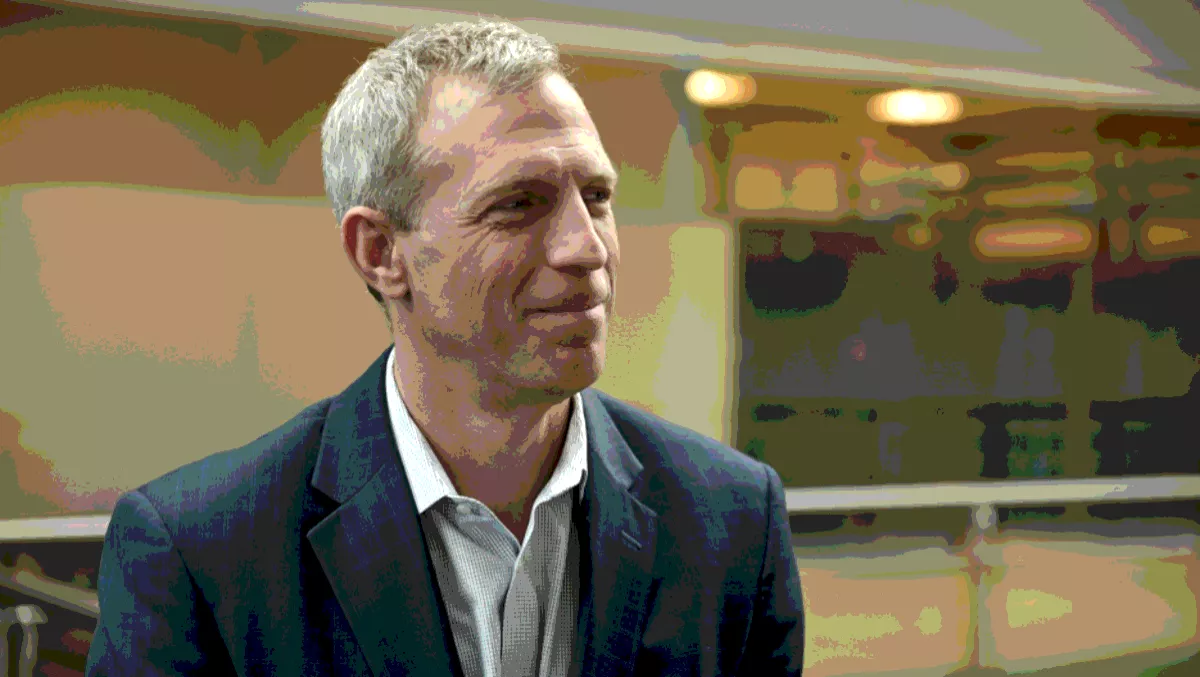
The last ten years has seen huge gains in the data center industry, but now we need to start innovating for the next ten years.
That's according to Schneider Electric CTO and SVP of innovation Kevin Brown, who recently sat down with me to discuss the happenings in the industry and where he sees it going.
“If you compared the typical way of building a data center ten years ago versus the way you can do it today, it's clear that we've made significant advancements in energy efficiency, roughly around an 80 percent reduction in losses and that has all come from physical infrastructure,” says Brown.
“So if you look at the next ten years, the question is do we need to make another 80 percent improvement? I'd argue that the answer is yes. As an entire industry we need to focus not just on energy efficiency but also on energy consumption. Operators will continue to feel this pressure to scale their energy consumption at the same rate as data consumption. So given the meteoric rise in data consumption, how do you do that?
Brown believes the answer lies in a change of thinking.
“All the strategies that we used in the past that got us significant results are pretty much played out. If we keep pursuing them then I believe it's inevitable that we will end up with diminishing returns in terms of efficiency gains. We need to think more broadly in regards to the challenge of the next 10 years and determine where that next step is going to come from,” says Brown.
“It's going to have to be focused around not just physical infrastructure but also around what is happening at the IT and the utility levels and the interaction between them so that we can start optimising the overall footprint. Ultimately, software is going to play a big part of that whether it's artificial intelligence, machine learning, big data analytics – pick your favourite buzzword.
In terms of possible disruptions to the industry and where Schneider is placing their bets, Brown listed a few technologies already having an impact.
“Liquid cooling is a highly disruptive solution because as a result the IT needs to change, the data center infrastructure needs to change, as well as a number of other things that need to get in line in order for data centers to really capitalise on it. It's certainly a technology that we're looking at and devoting time to develop a proper understanding,” says Brown.
“There was a time when our industry was the largest consumer of lead acid batteries. That's no longer the case. The battery market is now being driven by renewables and the EV market. Because of that the technology and capabilities of these batteries are significantly different, which is opening up new use cases for them that we didn't have in the past."
Brown says this all points to a more complex hybrid system and in order to really optimise it, there will be a heavier reliance on software, machine learning, and artificial intelligence.
“These buzzwords really oversimplify what really needs to happen as I believe it is more around answering questions 'what is the data that I need', 'how do I normalise it', 'what are the use cases that I want to go and work against' et cetera. We are making a big investment in that area,” says Brown.
“You'll see over time us becoming much more open and interoperable with open APIs and enabling different applications that interact, as it's really the only way you're going to be able to address some of these challenges.
The issue of sustainability is also a major disruptive force in the industry, as Brown says if you're not beginning anticipate these trends or even become aware of them, you're at risk of being disrupted by them.
“If data centers don't adopt sustainable energy practices, I'm not sure that they will become obsolete but I do think they may be challenged on growth. If the market starts to move in this direction and you're not participating, then you start becoming more of a niche player,” Brown says.
"I would theorise that if you want to be able to grow and continue your relevance in the market, you're going to need to be part of these trends. It's clear that the industry needs to change as all the great things we've done in the past are now generating diminishing returns. For example, if you've got a poorly designed data center and try to apply machine learning it only will give you a small improvement.
I then steered the conversation to the inevitable topic of ‘the edge', and whether Brown believes it is all hype or the defining data center trend of the future – Brown sat somewhere in the middle.
“I have a colleague who worked out that if you're going at the speed of light, the fastest you can go from the east coast of the US to the west coast and back again is about 40 milliseconds. Practically speaking now, in the same trip via fibre even in a really optimised environment in terms of hops you have to make through the network, 100 milliseconds is the best you could do,” says Brown.
“Not many applications can tolerate that amount of latency. So will this drive more data centers in smaller locations? Probably.